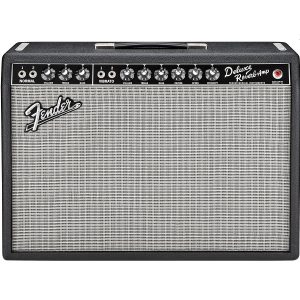 Looking for an amp that will give you those classic tones you love? Then check out the Fender ’65 Deluxe Reverb Reissue! This 22-watt powerhouse features a 12” Jensen C-12K speaker, making it perfect for gigging or recording. With two channels and four inputs, you’ll have plenty of options for dialing in your sound.
Looking for an amp that will give you those classic tones you love? Then check out the Fender ’65 Deluxe Reverb Reissue! This 22-watt powerhouse features a 12” Jensen C-12K speaker, making it perfect for gigging or recording. With two channels and four inputs, you’ll have plenty of options for dialing in your sound.Table of Contents
Fender ’65 Deluxe Reverb Reissue User Manual
Pros & Cons of Fender ’65 Deluxe Reverb Reissue
Buyer’s Guide
Guitar amp tone and effects
When it comes to choosing a guitar amp, there are many factors to consider. But one of the most important things to think about is what kind of tone and effects you want. Do you want clean, sparkling tones? Or do you prefer gritty, overdriven sounds?
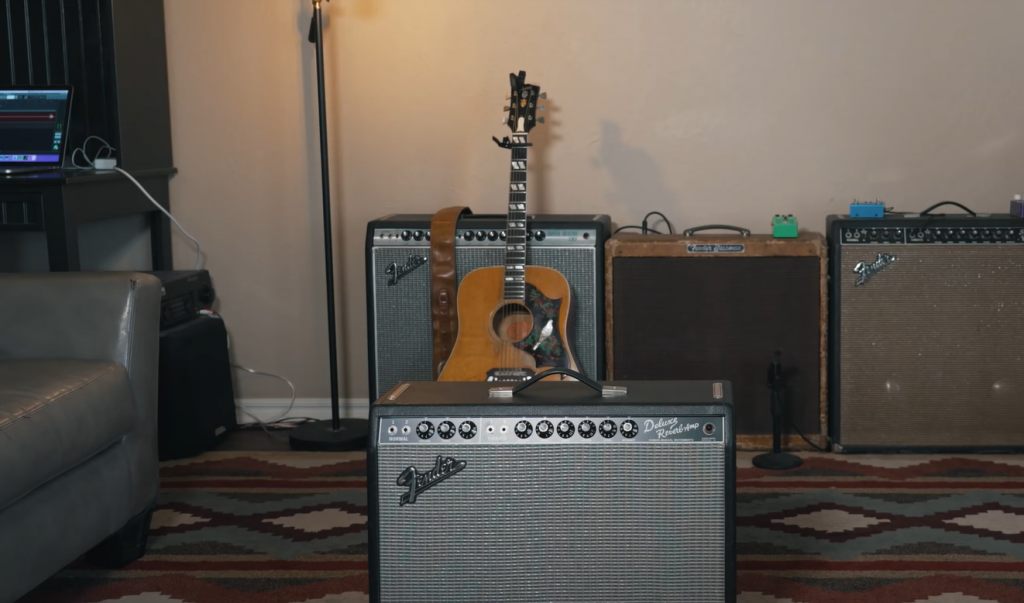
What about reverb or tremolo – do you want those effects built into your amp, or would you rather use pedals? And finally, how loud do you need your amp to be? These are all important questions to ask yourself before making a purchase.[1]
EQ controls and settings
The first thing you’ll want to consider when dialing in your tone is the EQ controls. Most amps will have basic Treble, Middle, and Bass controls. These three knobs will give you a lot of control over your sound. For instance, if you want more high-end sparkle in your tone, you would turn up the Treble knob. Or if you’re looking for a thicker, chunkier sound, you would turn up the Bass knob. Experiment with different settings until you find something you like.
Distortion
Another important consideration is distortion and overdrive. If you’re playing a lot of heavy metal or hard rock, you’ll probably want to turn up the gain or add an overdrive pedal to your signal chain. This will give you those crunchy, distorted tones that are so essential to those genres. But if you’re playing clean blues or country, you won’t need as much distortion. In fact, too much distortion can sound nasty and muddy. So it’s important to find a happy medium that suits your style of playing.
Reverb
Reverb is an important part of any guitar tone. It adds depth and dimension to your sound, making it sound more “full”. Most amps will have a reverb setting, so you can add as much or as little as you like. If you’re playing cleaner styles of music, a little bit of reverb can go a long way. But if you’re playing heavier styles, you might want to dial it back a bit.
Digital effects
In addition to reverb, most amps will have other digital effects built in. These can include delay, chorus, and flanger. These effects can be great for adding interest to your tone. But as with reverb, you don’t want to go overboard. A little bit of delay or chorus can add a lot of texture to your sound. But too much can sound messy and cluttered.
Multiple channels
If you’re looking for an amp with multiple channels, you have a few different options. Some amps will have a clean channel and a dirty channel. This can be great if you want to be able to switch between clean and distorted tones. Other amps will have multiple channels that you can footswitch between. This can be handy if you want to be able to change your sound on the fly.
Guitar amp Quality
When it comes to guitar amps, you definitely get what you pay for. If you’re looking for a cheap, entry-level amp, you can find one for around $100. But these amps will have very few features and won’t sound as good as a more expensive amp. If you’re serious about playing guitar, you should invest in a good-quality amp. These amps will cost around $500 or more, but they’ll sound great and last for many years.
Guitar amp flexibility
Another important consideration is how flexible you need your amp to be. If you only play one style of music, you might not need an amp with a lot of features. But if you like to experiment with different sounds, you might want an amp that has multiple channels and built-in effects. The more flexible your amp is, the more expensive it will be. But it’s worth it if you want an amp that can do everything.
Types of guitar amps
There are two main types of guitar amps: combo amps and head/cabinet amps.
These are great for beginners or for players who don’t need a lot of features. Head/cabinet amps are separate units that consist of a head (amplifier) and a cabinet (speaker). These are more expensive than combo amps, but they offer more flexibility and better sound quality.Solid-state vs. tube guitar amps
Another important consideration is whether you want a solid-state or tube guitar amp. Solid-state amps are cheaper and easier to maintain, but they don’t sound as good as tube amps.
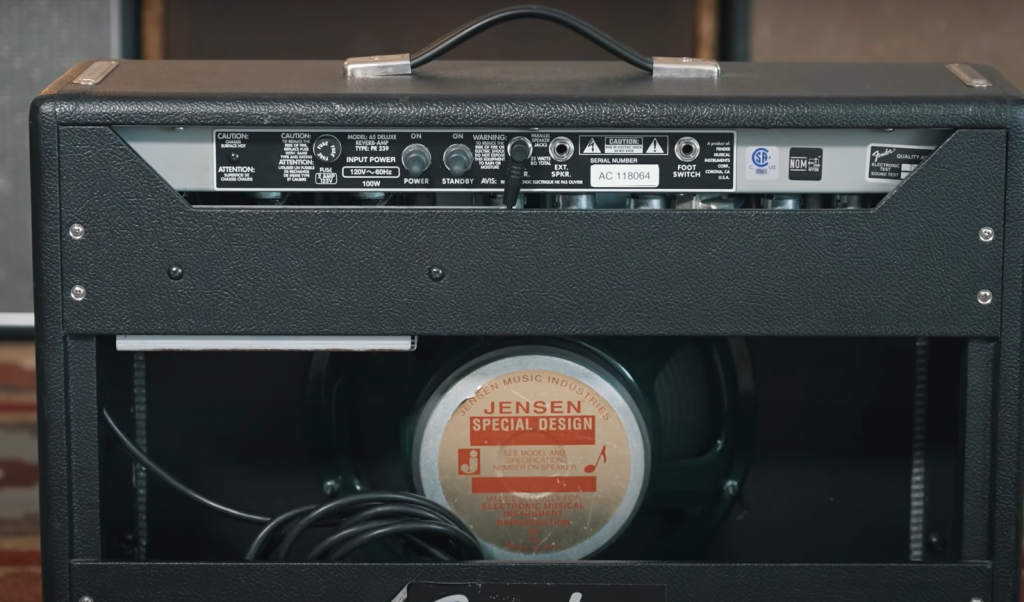
Tube amps are more expensive and require more upkeep, but they sound much better. If you’re serious about playing guitar, you should invest in a good-quality tube amp.
Should beginners use a solid-state or tube guitar amp?
If you’re just starting out, you might be wondering whether you should get a solid-state or tube amp. The answer depends on your budget and your goals as a player. If you’re on a tight budget, a solid-state amp is a way to go. These amps are cheaper and easier to use. But if you can afford it, we recommend getting a good-quality tube amp. These amps sound much better and will last for many years.
What are the benefits of hybrid guitar amps?
Hybrid guitar amps offer the best of both worlds for many players. They usually have a tube preamp section and a solid-state power amp section. This combination can give you the warm, tube-driven tones you love with the clean headroom and increased reliability of a solid-state amp.
How to choose the best hybrid guitar amp
When it comes to choosing the best hybrid guitar amp for you, there are a few things to consider. First, think about what type of music you want to play. If you’re looking for clean tones, a solid-state amp might be a better option. But if you want more of a “dirty” sound, a tube amp will give you that coveted overdrive. Second, consider your budget. Hybrid amps can be expensive, so make sure you choose one that fits your price range. Finally, think about the features you need. If you want an amp with built-in effects or multiple channels, make sure the hybrid amp you choose has those features.
Modeling guitar amps
If you’re looking for even more flexibility, you might want to consider a modeling amp. These amps use digital technology to recreate the sound of different amplifiers and effects. Modeling amps are great for players who want to experiment with different sounds. They’re also perfect for those who play in multiple bands or genres and need an amp that can do it all. [2]
What are the benefits of modeling guitar amps?
There are many benefits to using a modeling guitar amp. First, they’re very versatile. You can get the sound of different amplifiers and effects without having to buy multiple units. Second, they’re usually very affordable.
Finally, they’re easy to use. Most modeling amps come with presets that you can use to get different sounds. Or you can create your own presets if you want more control over your tone. [3]Are modeling guitar amps good for beginners?
Yes, modeling guitar amps are a great option for beginners. They’re very affordable and easy to use. And they offer a wide range of sounds, so you can experiment with different styles of music.
How to choose the best modeling guitar amp
When it comes to choosing the best modeling guitar amp, there are many things you need to consider. With so many different options on the market, it can be hard to know which one is right for you. Here are a few things to keep in mind when making your decision:
Decide what features are most important to you
Do you want an amp that has a lot of different sounds and effects? Or do you prefer something that’s more simple? Consider what you’ll be using the amp for and what features would be most useful to you.
Research different brands and find reviews
Not all modeling amps are created equal. Do some research on different brands and find reviews from other guitarists to see what they recommend.
Consider your budget
Modeling amps can range in price from around $100 to $1,000 or more. Decide how much you’re willing to spend on an amp before you start shopping.
Try out different amps in person
If possible, try out different modeling amps in person before you make your final decision. This way you can get a feel for how they sound and see which one you prefer.
Common brands of amplifier
There are many different brands of amplifiers on the market, each with its strengths and weaknesses. It’s important to do your research and find the right amp for you. Here are a few of the most popular amplifier brands. [4]
Fender
Fender is one of the most well-known brands in the world of guitar amps. They’re known for their high-quality products and their classic, iconic sound. If you’re looking for a dependable amp that will last you for years, Fender is a great option.
Marshall
Marshall is another iconic brand that’s been around for decades. They’re known for their high-gain amps, which are perfect for metal and hard rock. If you’re looking for an amp with a lot of power, Marshall is a great choice.
Mesa
Mesa Boogie is a well-known manufacturer of high-end amplifiers.

They’re known for their hand-built amps, which are used by some of the biggest names in music. If you’re looking for an amp with great tone and quality, Mesa Boogie is a good option.
Vox
Vox is a British amplifier company that’s been around since the 1950s. They’re known for their classic amps, which have been used by some of the most famous guitarists in history.
Orange
Orange is a relatively new company, but they’ve quickly become one of the most popular amplifier brands. They’re known for their high-quality products and their unique sound. If you’re looking for an amp that’s different from anything else on the market, Orange is a great option.
Other notable amp manufacturers
There are many other great amplifier manufacturers out there, including Peavey, Randall, and Laney. If you’re looking for an amp, be sure to do your research and find the right one for you. There’s no one perfect amplifier for everyone, so it’s important to find the one that’s right for your needs.
FAQ
Does amp brand matter?
No definitive answer exists, but in general, it’s wise to stick with amplifiers made by the same company as your guitar. That way, you can be sure that the amplifier will work well with your guitar and vice versa.
There are exceptions to this rule, of course. Some companies make amplifiers that are specifically designed to work with guitars from other manufacturers. And some amps sound great with any guitar.
If you’re not sure whether a particular amplifier will work well with your guitar, ask an expert at your local music store or contact the manufacturer directly.
Does a guitar amp make sound?
Yes, a guitar amp makes a sound. It’s the amplifier that makes your electric guitar sound loud.
Your guitar alone can’t make much noise. It’s only when you plug it into an amplifier that it can be heard.
Most amplifiers have a volume knob that allows you to control how loud the amplifier makes your guitar sound. The louder you turn the volume knob, the more noise the amplifier will make.
What is the gain in amplifier?
Gain is a measure of how much the amplifier amplifies the signal from your guitar. The higher the gain, the more the amplifier will amplify the signal.
Most amplifiers have a gain knob that allows you to control how much the amplifier amplifies the signal. The higher you turn the gain knob, the more the amplifier will amplify the signal.
Gain is usually measured in decibels (dB). A small increase in dB can make a big difference in how loud the amplifier makes your guitar sound.
A typical electric guitar has an output level of about 0.5 volts. Most amps can amplify this signal to about 10 volts or more. This is an increase of 20 dB.
Some amps have a lot of gain and can amplify the signal to 100 volts or more. This is an increase of 40 dB.
Gain is important if you want your amplifier to make your guitar sound loud. But it’s not the only thing that matters. The design of the amplifier, the type of speakers it uses, and the quality of components all play a role in how loud the amplifier can make your guitar sound. [5]
Can I use an 8 ohm speaker with a 16 ohm amp?
Yes, you can use an 8 ohm speaker with a 16 ohm amp. But you’ll need to use a resistor to match the impedance of the speaker to the amplifier. [6]
If you don’t use a resistor, the amplifier will try to send too much current through the speaker and damage it.
You can buy resistors at most electronics stores. Be sure to get a resistor that’s rated for at least as much power as your amplifier produces.
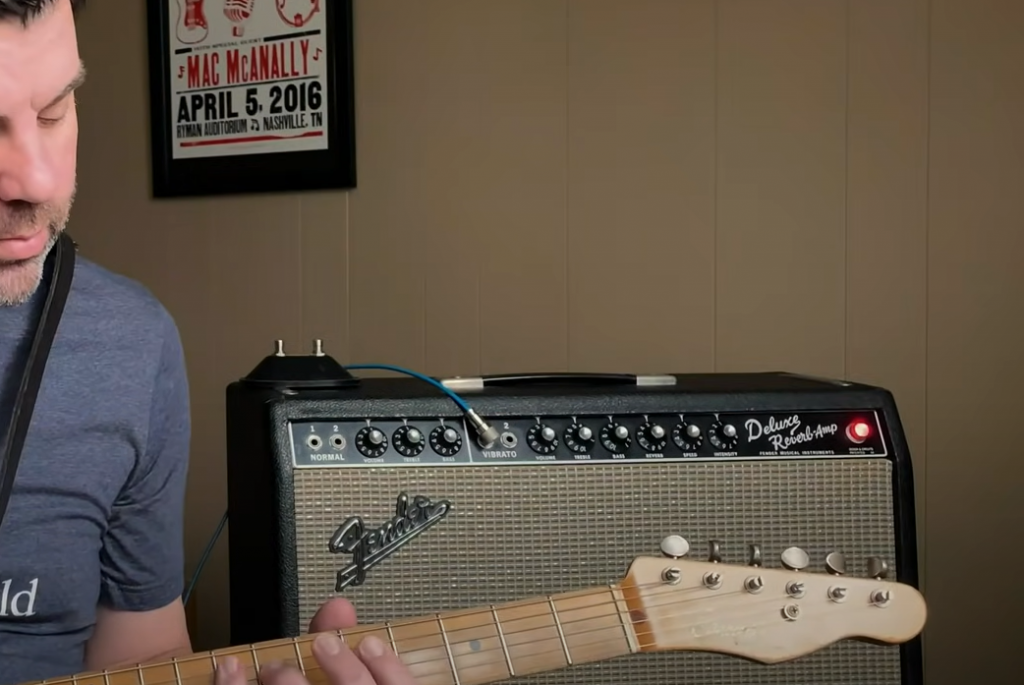
Most amplifiers have an output impedance of either 4 or 8 ohms. If your amplifier has an output impedance of 8 ohms, you can use any speaker with an impedance of 8 ohms or more.
If your amplifier has an output impedance of 4 ohms, you can use any speaker with an impedance of 4 ohms or more.
Some amplifiers have an output impedance of 16 ohms. If your amplifier has an output impedance of 16 ohms, you can use any speaker with an impedance of 16 ohms or more.
You can also use multiple speakers with your amplifier. Just be sure to add up the total impedance of all the speakers before hooking them up to the amplifier.
Are guitar amps necessary?
No, guitar amps are not necessary. You can play an electric guitar without an amplifier. However, most people prefer to use an amplifier because it makes the electric guitar sound louder. If you’re playing in a band, it’s important to have an amplifier so you can be heard over the other instruments. Some amplifiers also have effects built in, such as reverb and delay. These effects can make your guitar sound different and add to your overall tone. Amplifiers come in all shapes and sizes, from small practice amps to large stadium-sized rigs. There’s an amp out there for every budget and every style of music.
How long do guitar amps last?
The lifespan of a guitar amp depends on many factors, such as the quality of components, how often it’s used, and how well it’s maintained. A well-made amp that’s used sparingly and well-maintained could last for decades. A cheaply made amp that’s used daily and not well-maintained could break down in a matter of months.
If you’re looking for an amp that will last, be sure to buy one from a reputable brand with a good warranty. And be sure to take care of your amp by regularly cleaning it and dusting off the components. With proper care, your amp should give you years of trouble-free use.
Related Video: Fender ’65 Deluxe Reverb Amplifier | Reverb Demo Video
Conclusion
All in all, we think the Fender ’65 Deluxe Reverb Reissue is a great choice for anyone looking for a versatile amp that can produce both clean and dark tones. With its relatively low price point, it’s also a great option for beginner guitarists or those on a budget. Have you had any experiences with the Fender ’65 Deluxe Reverb Reissue? We’d love to hear about them in the comments below!
References:
- https://www.guitarchalk.com/guitar-amp-settings-guide/
- https://www.andertons.co.uk/best-modelling-amps
- https://www.fender.com/articles/gear/the-many-benefits-of-modeling-amps
- https://spinditty.com/instruments-gear/Best-Guitar-Amp-Brands
- https://www.allaboutcircuits.com/textbook/semiconductors/chpt-1/amplifier-gain/
- https://www.ultimate-guitar.com/forum/showthread.php?t=1186899

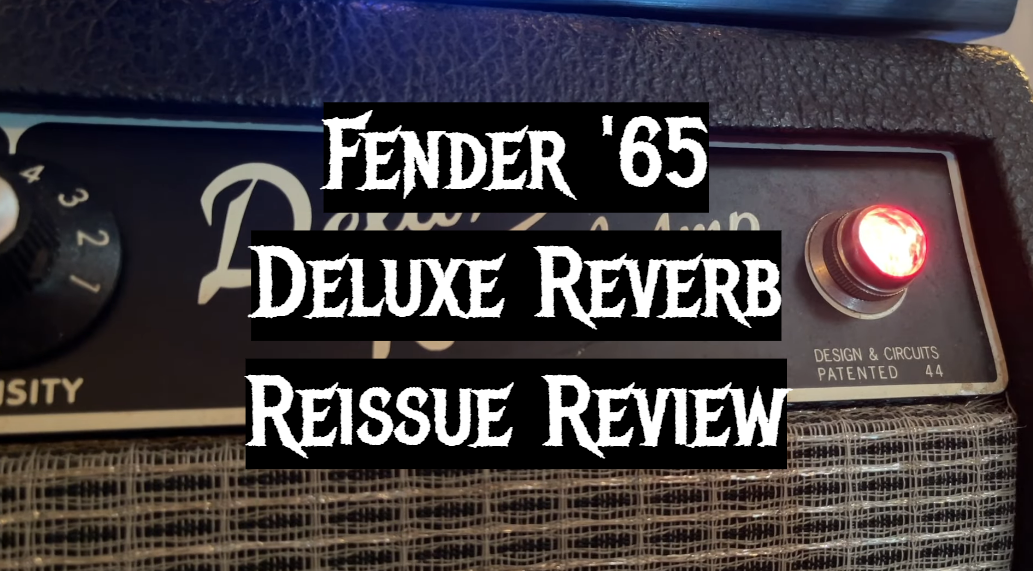
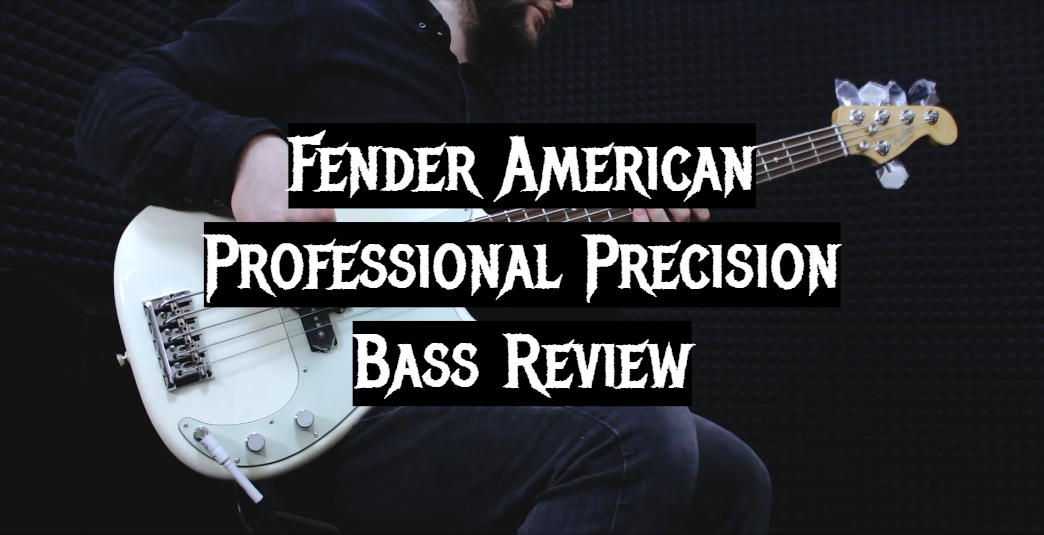

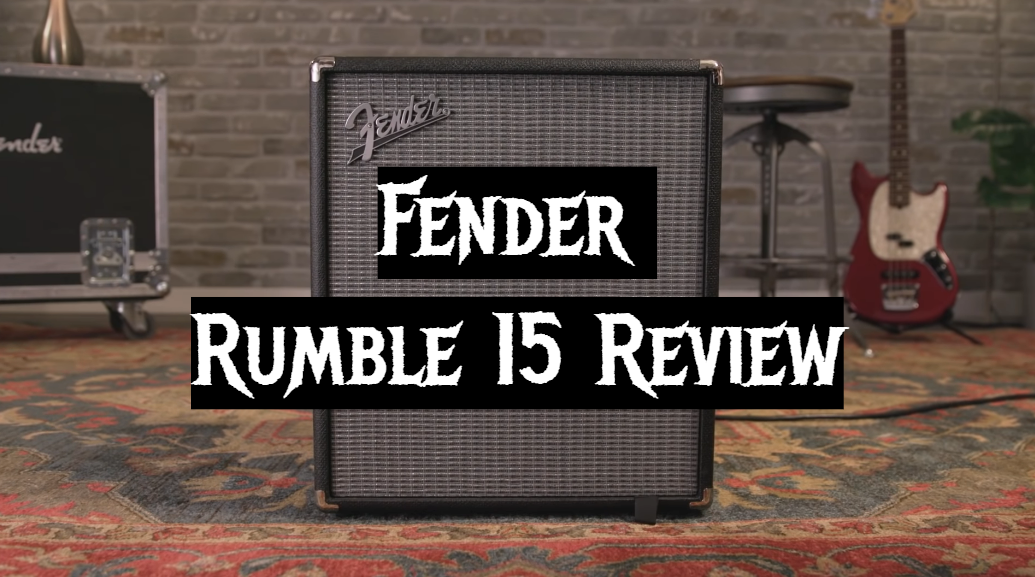
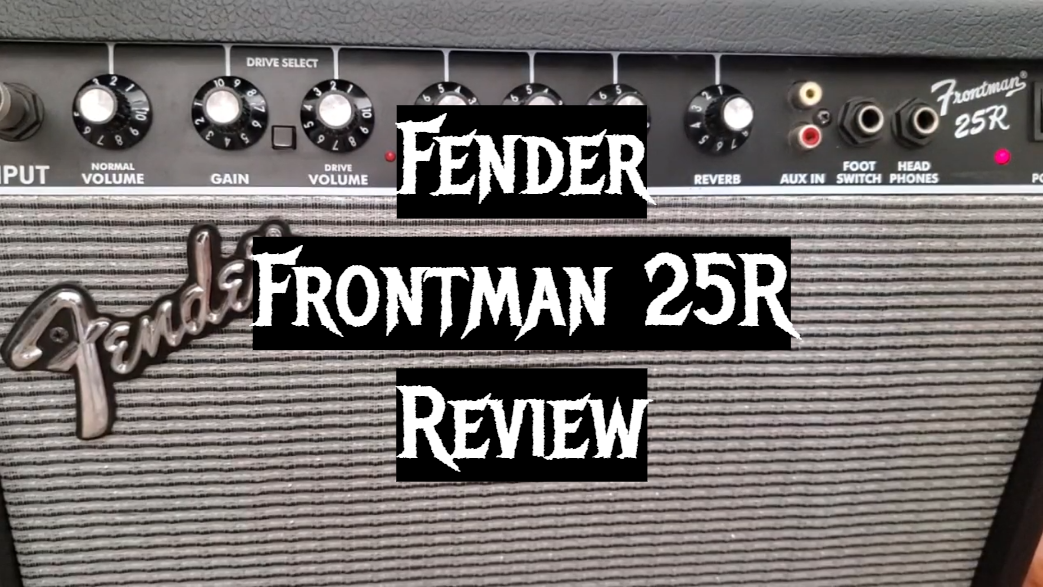
Leave a Reply